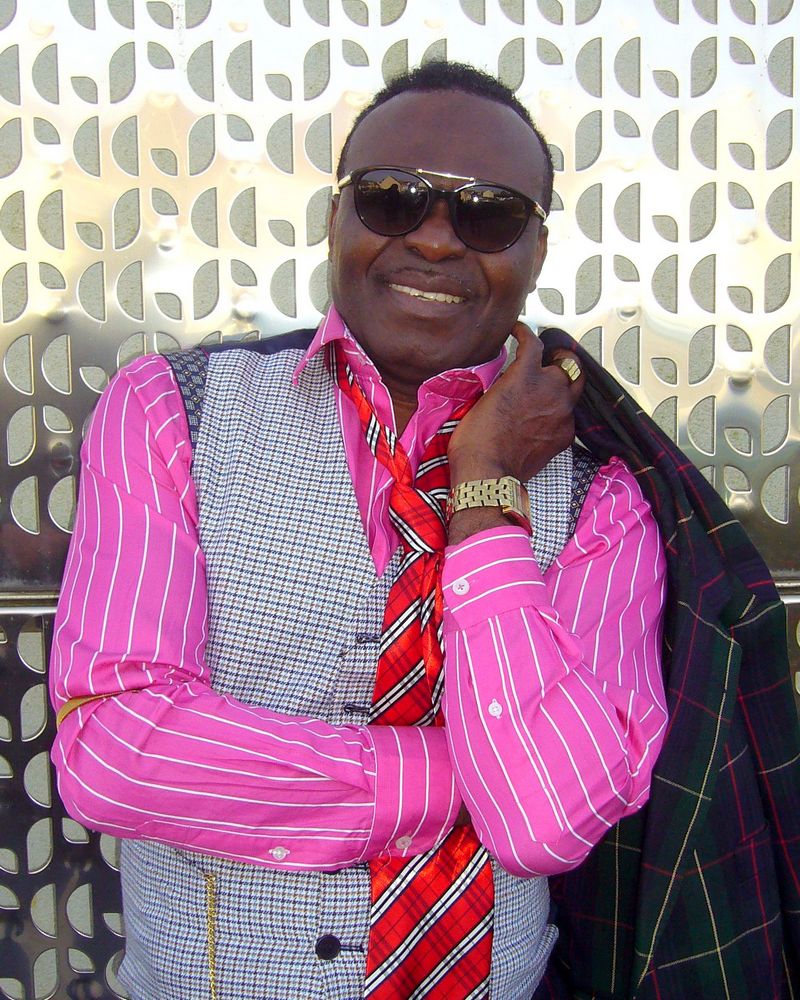
Rhythms of Mav Cacharel: A Journey through Congolese Soukous
Early Beginnings in Brazzaville
Mav Cacharel, born Hilaire Youla on January 14, 1957, in Brazzaville, Republic of the Congo, embarked on his musical journey at a tender age. Starting with his first group, Les Ombres, at just 13 years old, Mav’s early performances in Brazzaville laid the groundwork for his future in music. These formative years allowed him to develop his skills and gain recognition locally, setting the stage for his later success.
The Turning Point: Prix découvertes RFI Prize
In 1983, Mav Cacharel’s career took a significant leap forward when he won the prestigious Prix découvertes RFI prize. This accolade was a pivotal moment, granting him the opportunity to move to Paris, where he would expand his horizons and musical reach. The prize not only recognized his talent but also opened doors to new collaborations and experiences that would shape his future in the soukous genre.
Collaboration with Loketo: A Defining Chapter
Mav Cacharel’s time in Paris led to his involvement with the renowned band Loketo, where he worked as a session singer alongside musical giants like Aurlus Mabélé, Diblo Dibala, and Jean Baron. This period was crucial in honing his soukous style, characterized by its infectious rhythms and danceable beats. His collaboration with Loketo not only refined his skills but also introduced him to a wider audience, solidifying his place in the Congolese music scene.
The Birth of Kebo: Mav Cacharel’s Solo Journey
In 1988, Mav Cacharel took a bold step by leaving Loketo to form his own group, Kebo. This move marked the beginning of his solo career, allowing him to explore his musical identity more freely. His first album, “Chanti Die,” released in 1987, laid the foundation for his subsequent success with hit albums like “Trouble” (1988), “Pour toi” (1989), and “Kebo” (1990). These releases showcased his ability to innovate within the soukous genre while maintaining its vibrant essence.
Evolution of Style and Continued Relevance
Over the years, Mav Cacharel’s music evolved, reflecting both his personal growth and the broader trends in Congolese music. His ability to blend traditional soukous rhythms with modern influences is evident in albums such as “Louzolo” (1991), “Triple Force” (1992), and “Mokokissa” (1997). Each album not only demonstrated his versatility but also cemented his status as a key figure in the soukous genre.
Lasting Impact and Legacy
Mav Cacharel’s influence extends beyond his prolific discography. His music has resonated in both Brazzaville and Kinshasa, contributing to the global spread of soukous music. Even after decades in the industry, Mav Cacharel continues to release music, with albums like “Lumière” in 2017, proving his enduring relevance. His legacy is one of innovation, collaboration, and a deep commitment to the rhythms of soukous that continue to inspire new generations of artists.



